A clock that outputs a redstone signal every [x] seconds for [y] seconds, e.g. every 60 seconds a lamp is switched on for 10 seconds.
This long-term clock actually consists of two different clocks and is able to control the duration of the output signal independently of the cycle duration of the clock. The problem with the clocks I found on various sites so far is that the clocks always ran synchronously, i.e. they jump back and forth between "ON" and "OFF" every few seconds, depending on the setting, with the "ON" and the "OFF" phases always lasting the same amount of time. For many applications this is not a problem or even desired, but sometimes you need another variant. I used the asynchronous clock to flood the spawning platforms of a mob farm with water for about 10 seconds every 60 seconds to flush the mobs into a kill mechanism. While this would have worked with a synchronous clock (60 sec dry - 60 sec flooded), it would lower the effectiveness of the farm since no new mobs spawn while the platform is flooded. Since it takes about 10 seconds for all the mobs to be flushed away, the platform would be unnecessarily blocked by the water for the remaining 50 seconds. With the asynchronous clock, I can get around this problem. The setting of the cycles is done by the amount of items in the funnels. The clock with the 4 hoppers controls the cycle duration ("every x seconds..."), the clock with the two hoppers controls the duration of the output signal ("..give a signal for y seconds"). In order not to adorn myself with other feathers, I point out that the large clock with the 4 funnels is not my invention, but comes from the Youtuber "Etho".
Instructions:
The circuit can be built as seen here, there are no hidden or underground elements. The only things to note are the delays (3 ticks) of two repeaters, and that one of the comparators on the small clock is in subtraction mode. Should be obvious from the screenshots though. Oh, and of course the funnels point into each other: on the small clock with the two funnels, the right one points into the left funnel and the left one into the right funnel. With the big clock with the 4 funnels, the funnels form a ring, i.e. funnel 1 points into funnel 2, funnel 2 into funnel 3, funnel 3 into funnel 4, and finally funnel 4 points into funnel 1. Whether clockwise or counterclockwise doesn't matter.Have fun rebuilding it!
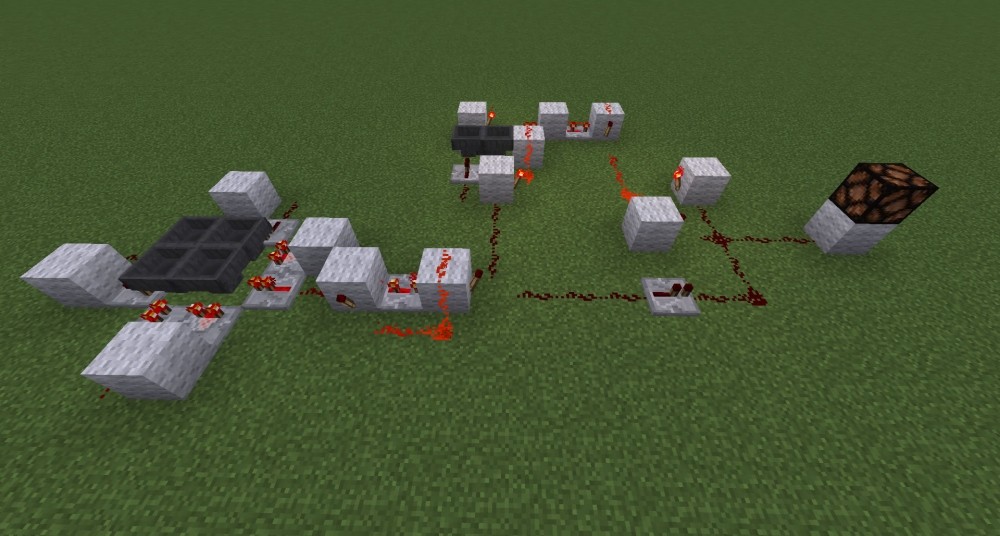
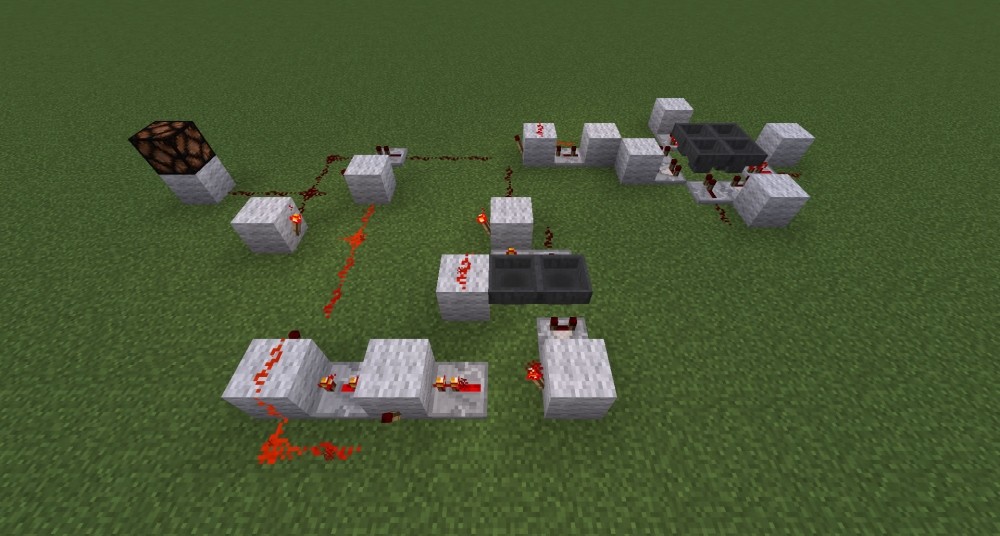
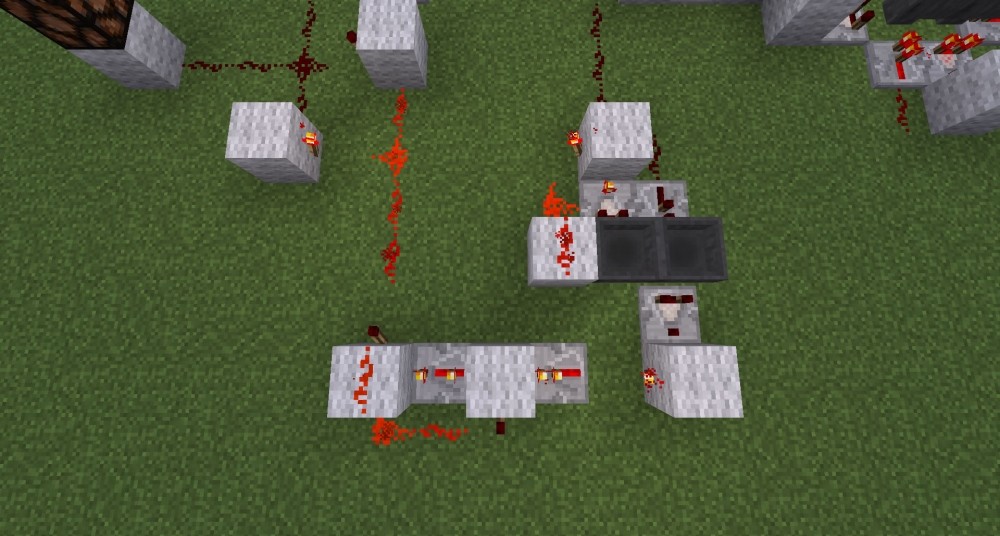
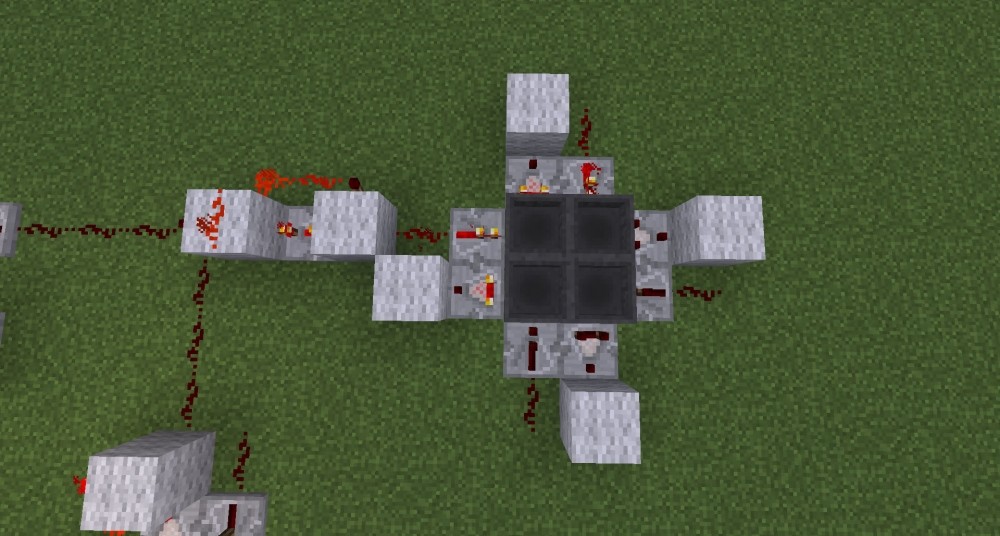

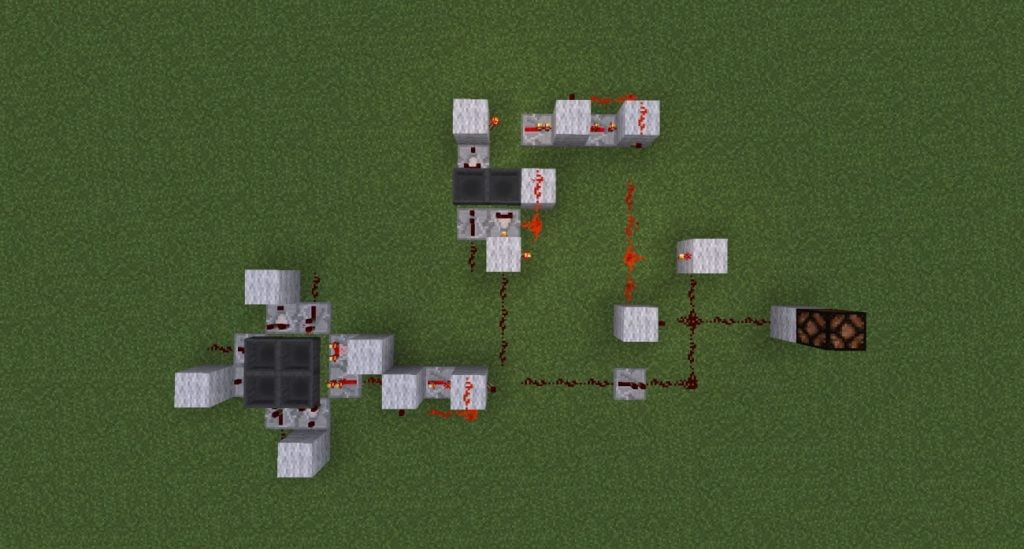
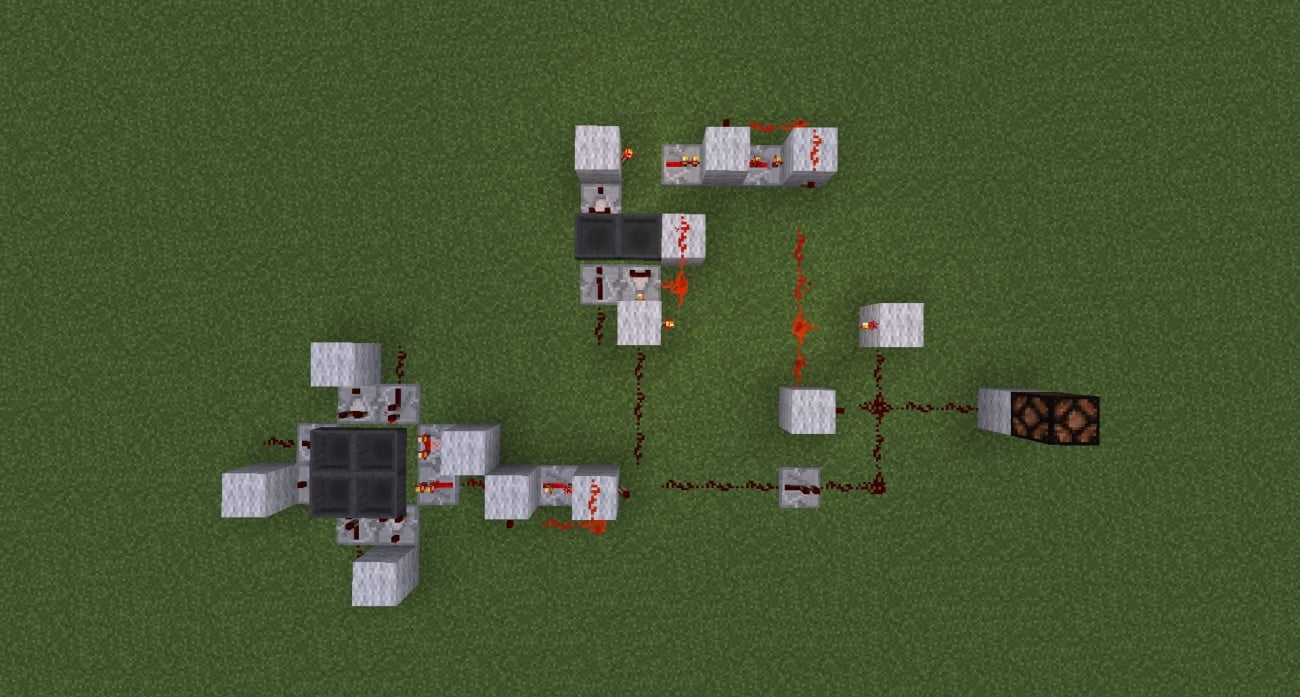 Asynchronous (long-term) clock"/>
Asynchronous (long-term) clock"/>


Nice gimmick. I like it.
Not bad, without pistons for a change.
you can really use well =)
Nice idea
does it still work in the 1.20.1 java version? Unfortunately it does not work for me